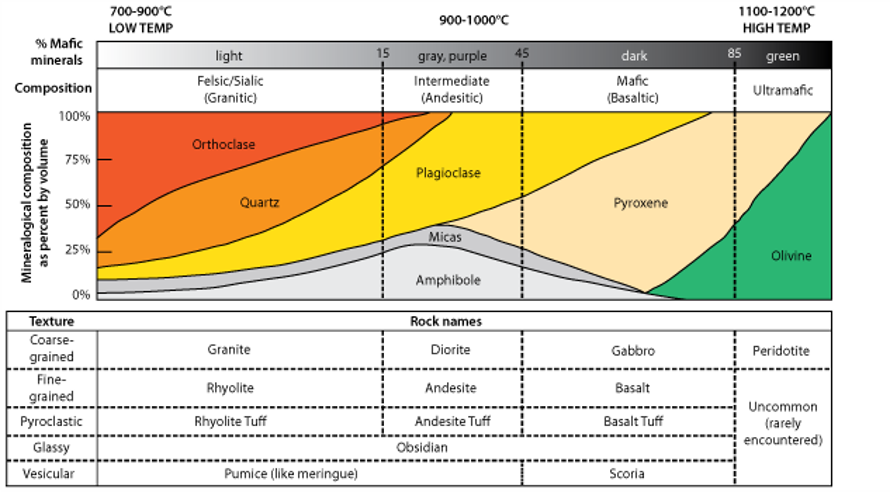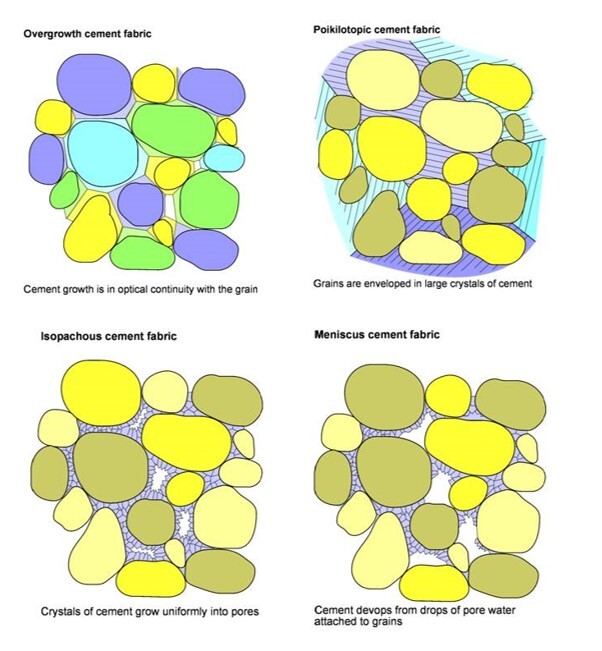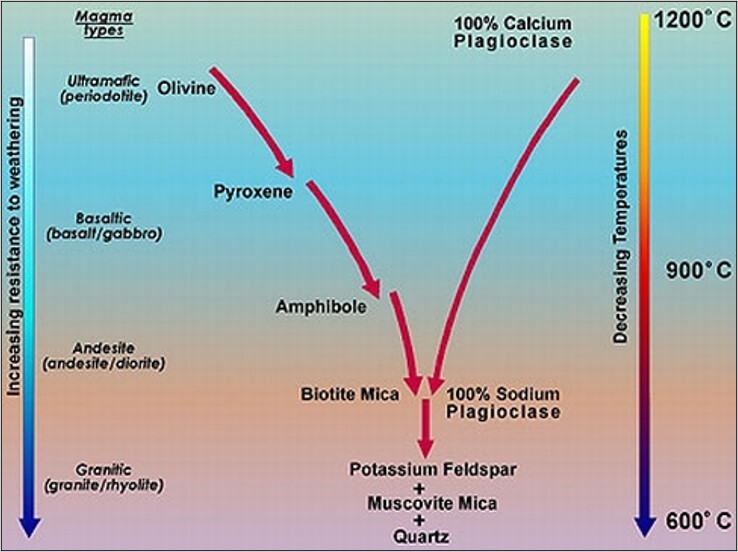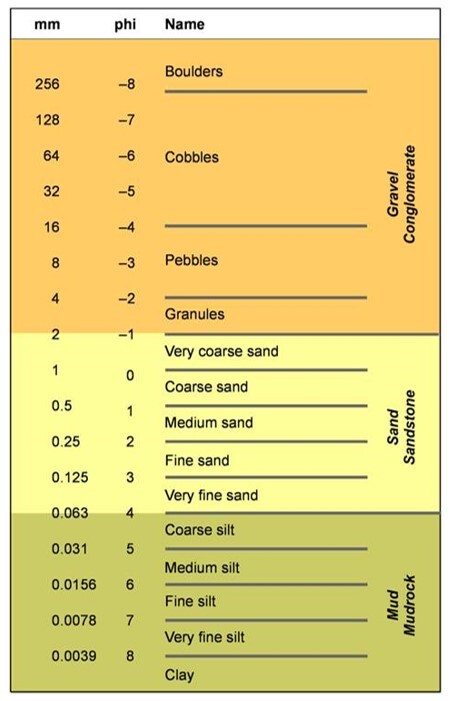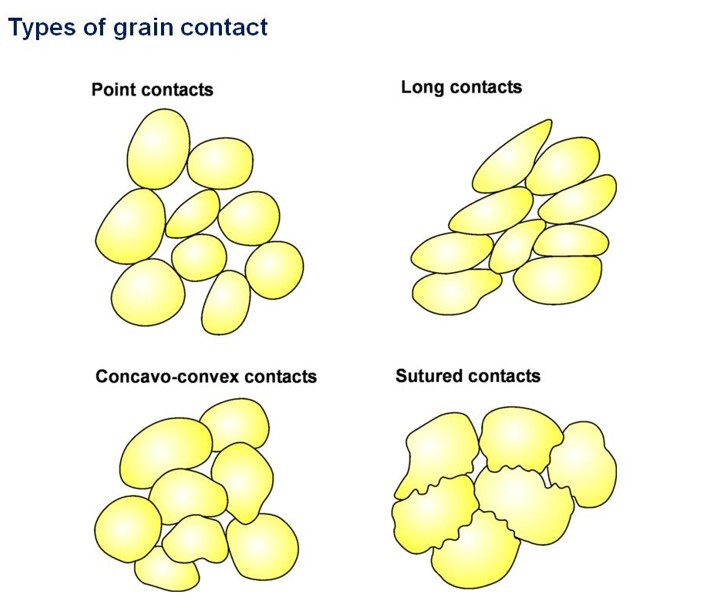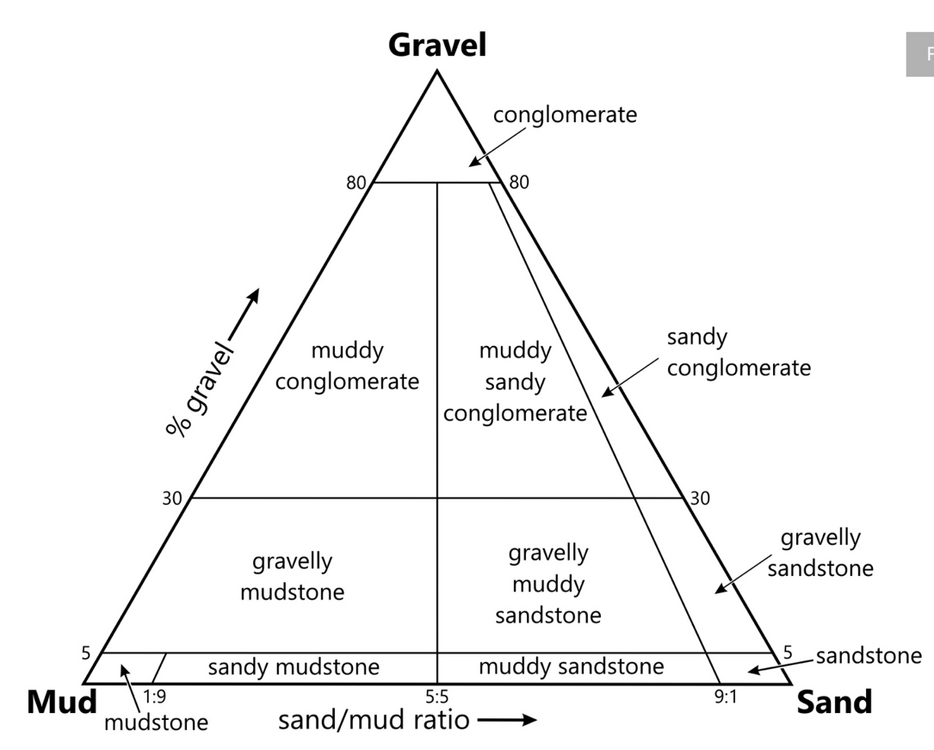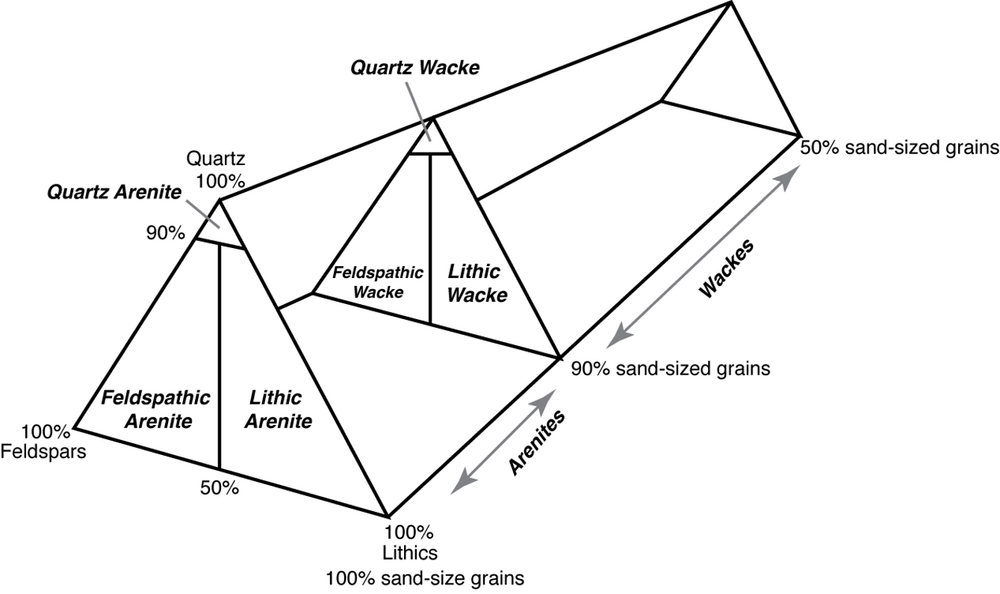Avoid Wet Conglomerate?
|
|
We all know you're supposed to avoid climbing on wet sandstone. I'm not a geologist, but I've read, from a few sources, that conglomerate rock is also a type of sedimentary rock and therefore should be avoided when wet. Is there any research showing that conglomerate is weakened when wet? What is the consensus at popular conglomerate areas, like Maple Canyon? Does anyone have personal experience where they've noticed conglomerate being weakened when wet? I realize there exists a wide variety of quality and type even within "conglomerate" and I'm not sure how much of a role that plays either. At the heart of my question is wether or not one should climb in Castlewood Canyon after a heavy rain or not. |
|
|
Anecdotally, I think Maple tends to be okay because most crags are so incredibly overhung that it stays dry. I'm not sure about the vertical walls. The empty pockets and cobbles littering the base of all the walls definitely makes me aware of the possibilities! Sorry I don't have a definitive answer about Castlewood for you. |
|
|
As you said it varies, but mostly dependent on the ‘strength’ of the matrix in which the stones/cobbles are embedded. Some of this rock is virtually ( or actually is) quartzite, so largely impervious to rain, other varieties are much less ‘condensed’ so will be more likely to be weakened by rain. Having never been there, I can’t specifically say what the situation is at Castlewood. |
|
|
This thread has some useful info. From Mike Lane:
|
|
|
Prav C wrote: That sounds pretty convincing! Thanks! |
|
|
Short answer no. There are very few types of sandstone that are porous enough to weaken significantly when wet that are worth climbing on. Those are found mostly around nevada and utah. In the east, rrg sandstone is strong when wet, gunks quartz conglomerate is welded together with a glassy binder which is impermeable to water and nrg sandstone is similar, just with smaller matrix. Red rocks and moab sandstone is younger and dryer, which means there is less mineral deposition cementing the matrix together and it is more like a compacted powder than concrete like conglomerates. |
|
|
Re: maple, it doesn't matter. Holds rip all the time, especially after the freeze thaw cycles in the spring. If it's a cobble that matters just glue it back on. |
|
|
MAKB wrote: Many climbers don’t know they shouldn’t climb on wet sandstone. Partially ignorance, partially because it’s not entirely true.
Blanket statements like this do more to confuse than inform the community.
Clearly |
|
|
Greg D wrote: Greg, thank you for your clarifying comments. I didn't feel the need to be so precise regarding my comments on wet sandstone since it's been discussed ad nauseam elsewhere and the purpose of this thread is to discuss conglomerate. My comments about sandstone were intended to briefly introduce this topic, not to "confuse the community." I am aware that not all climbers know about the fragile nature of certain types of sandstone. Often times, when people say things like, "everyone knows" or "tout le monde sait" or "todo el mundo sabe," they don't really believe that literally everyone in the world shares the knowledge of the statement that follows. Rather, it's a figure of speech to say that something is "well-known," or common knowledge within a specific group of people. That's how I meant to use the phrase "We all know." Thank you for the opportunity to clarify what I meant to say. |
|
|
MAKB wrote: You’re welcome. Let me know if I can clear up your inaccurate blanket statements in the future. It is easy for less experienced climbers to take your comments at face value. |
|
|
Definitively here: https://www.8a.nu/crags/sportclimbing/spain/totxo-del-macana/gallery Slippery as hell! :) |
|
|
Returning to the original question: I suspect that the answer is that it varies by location, and depends on the attributes of that specific outcrop of rock. So, basically the same situation as sandstone, where some sandstones are ok to climb on when wet, and others are not. Prav C's post above already indicates that Castlewood is ok the climb when wet. So that's one example. There could be an example out there of a type of conglomerate that is significantly weakened when wet...though I don't know where that specific example would be. So like all places, ask the area's developers and active locals and follow their example. |
|
|
|
|
|
Yea, Spence! That's what I'm talkin about!! |
|
|
One time we were climbing in Echo Canyon, UT and like 4 nice government looking suburbans rolled up with a bunch of people wearing construction looking vests. They came over and introduced themselves as a well-respected geology association doing a geology tour around the western United States. They knew people climbed in the canyon quite a bit but said they couldn't believe people trust hardware in that rock. To which I kinda agreed it isn't the best, but our local bolting association keeps pretty good tabs on the bolts. They then gave a pretty good geological history of the area which was kinda fun. The conglomerate's cement between the cobbles in Echo (according to the vest people) goes between quartzite and soft sandstone. Meaning some spots are going to be really solid and some will be really suspect. That said the Dry Wall in Echo is where 90% of Northern Wasatch sport climbers go when it's raining. It's about 90% glue at this point so it's probably waterproof. |
|
|
Greg D wrote: Where, exactly, is the rock that's a. Better, b. Unaffected, and c. Nearby?? And why would you go there if Castlewood is totally fine? |
|
|
Jordan Wilson wrote: My guess is that Maple Canyon is similar. Some of the matrix is incredibly soft and seems super weak (wet or dry). And some quite hard. Good info...thanks! |
|
|
Nick Budka wrote: All the noobs are gonna take away from this now is that it's ok to climb at the red when it wet |
|
|
chris deulen wrote: Well, since you asked. We just had heavy rain and wet snow for two days. The sandstone in Boulder area today was great. The sandstone around Colorado Springs not great. But lots of granite nearby that’s a go after rain. |
|
|
Greg D wrote: In Colorado Springs' sandstone's defense, it's never great. Rain or no rain |
|
|
Brian in SLC wrote: From what I've been told Maple is more consistent then Echo(meaning its mostly the same cement throughout). It's pretty easy to tell where it's soft sand stone holding a formation together and where it's quartzite. Sandstone you can kinda file away they cement whereas the quartzite is hard and would require a more then a file to make a noticeable impact. |

 Continue with onX Maps
Continue with onX Maps Sign in with Facebook
Sign in with Facebook























